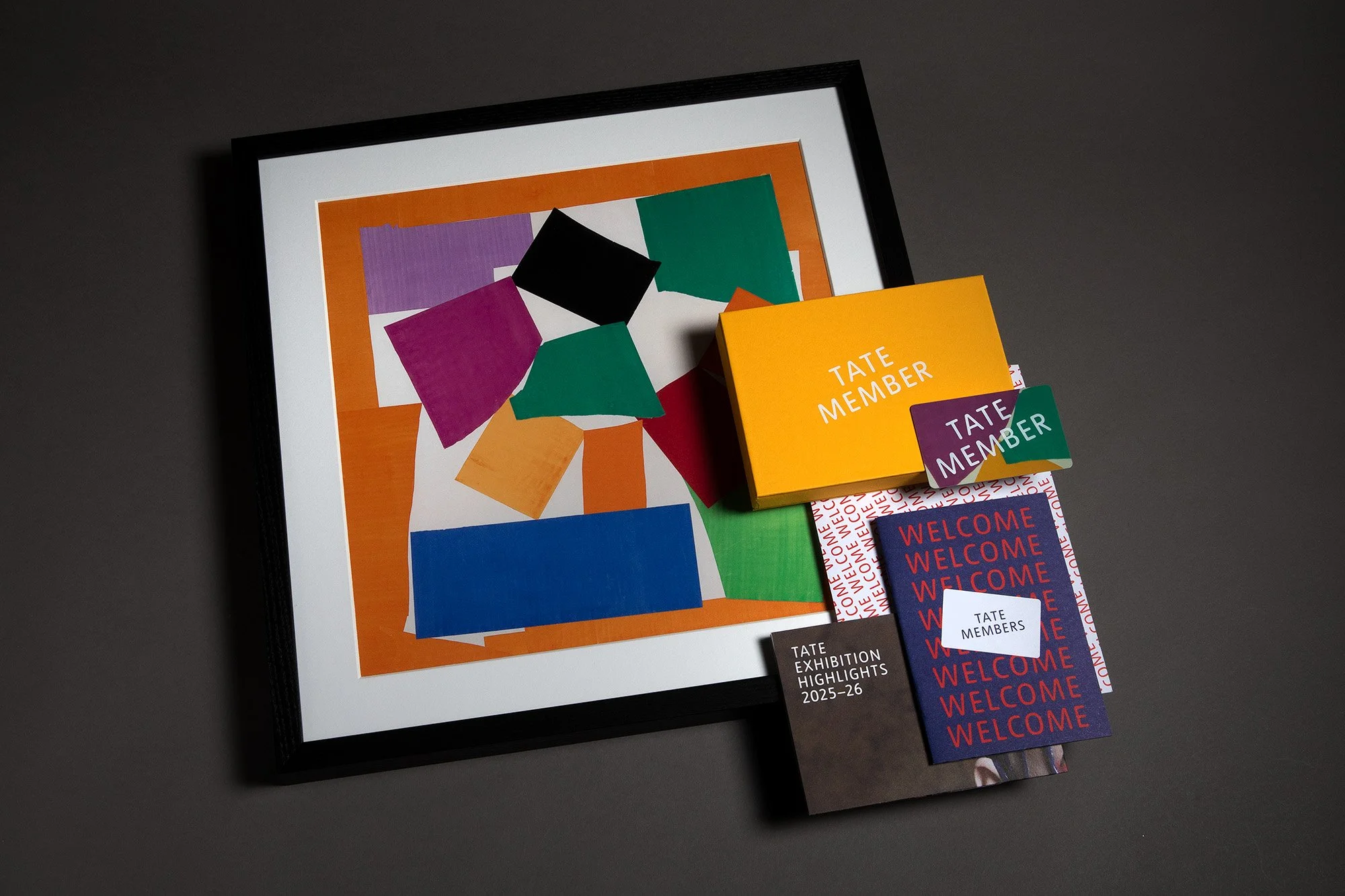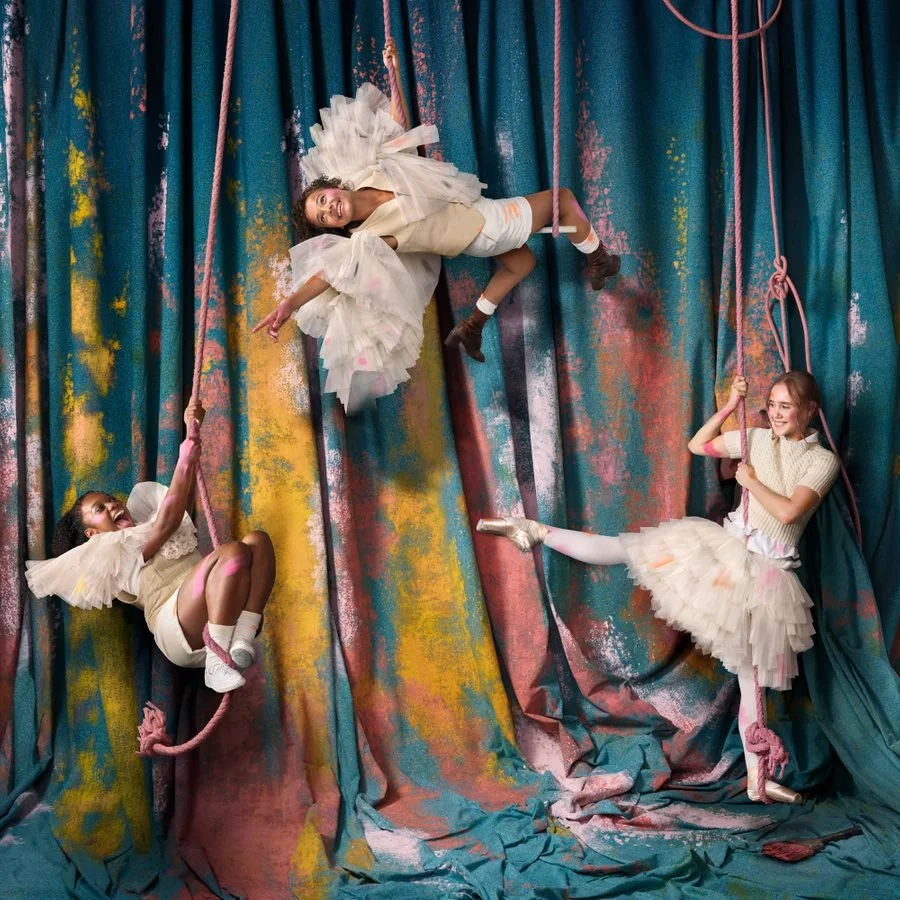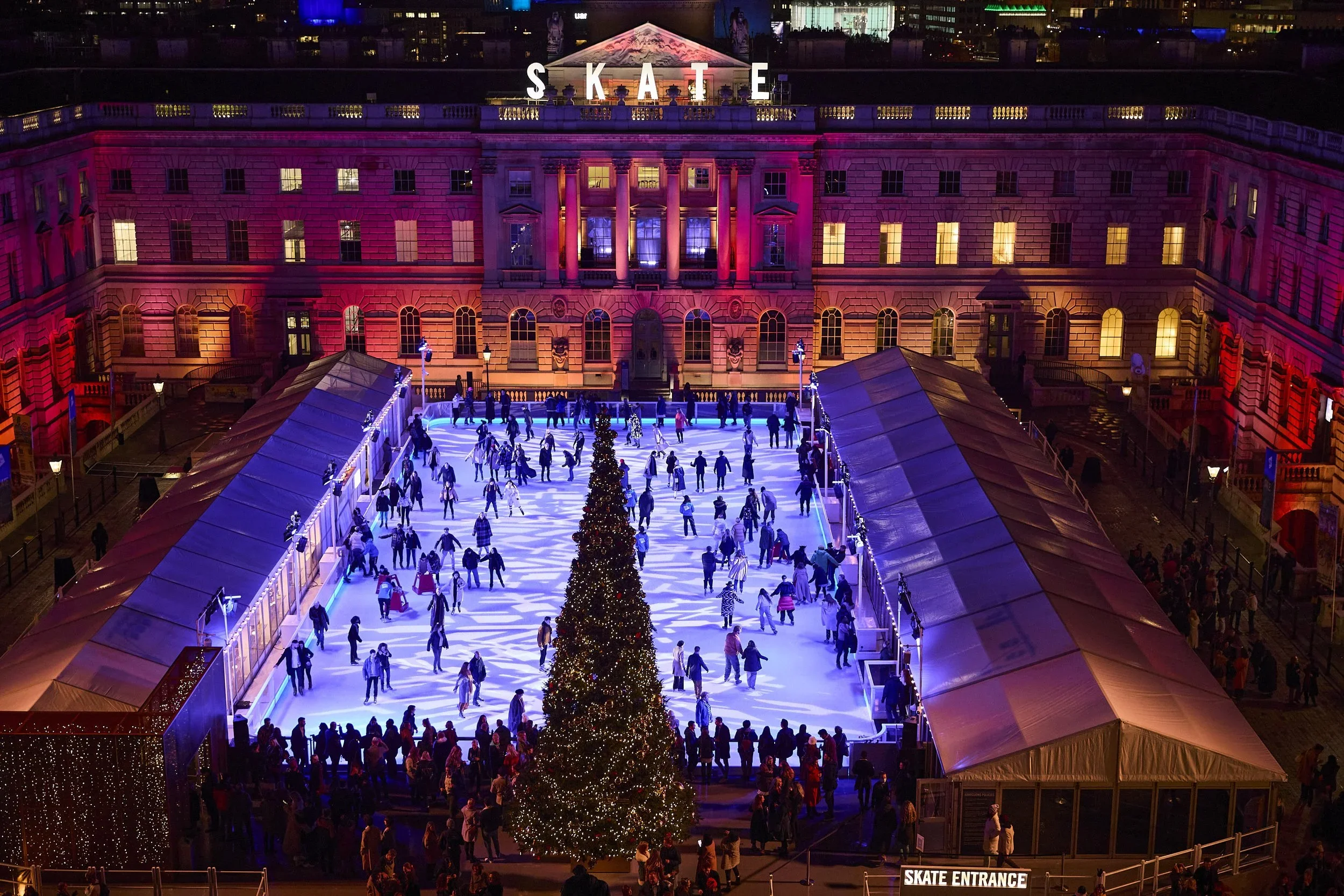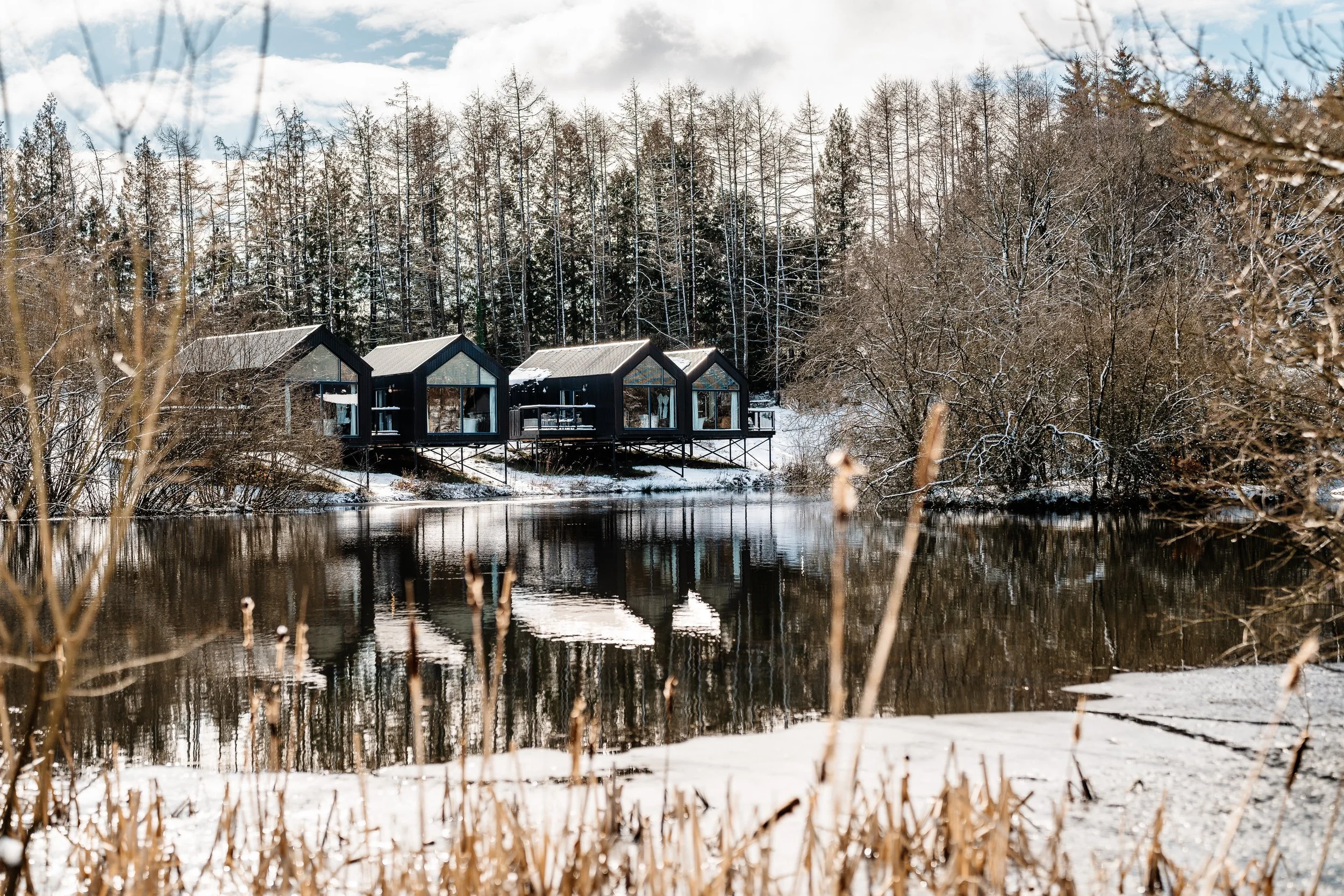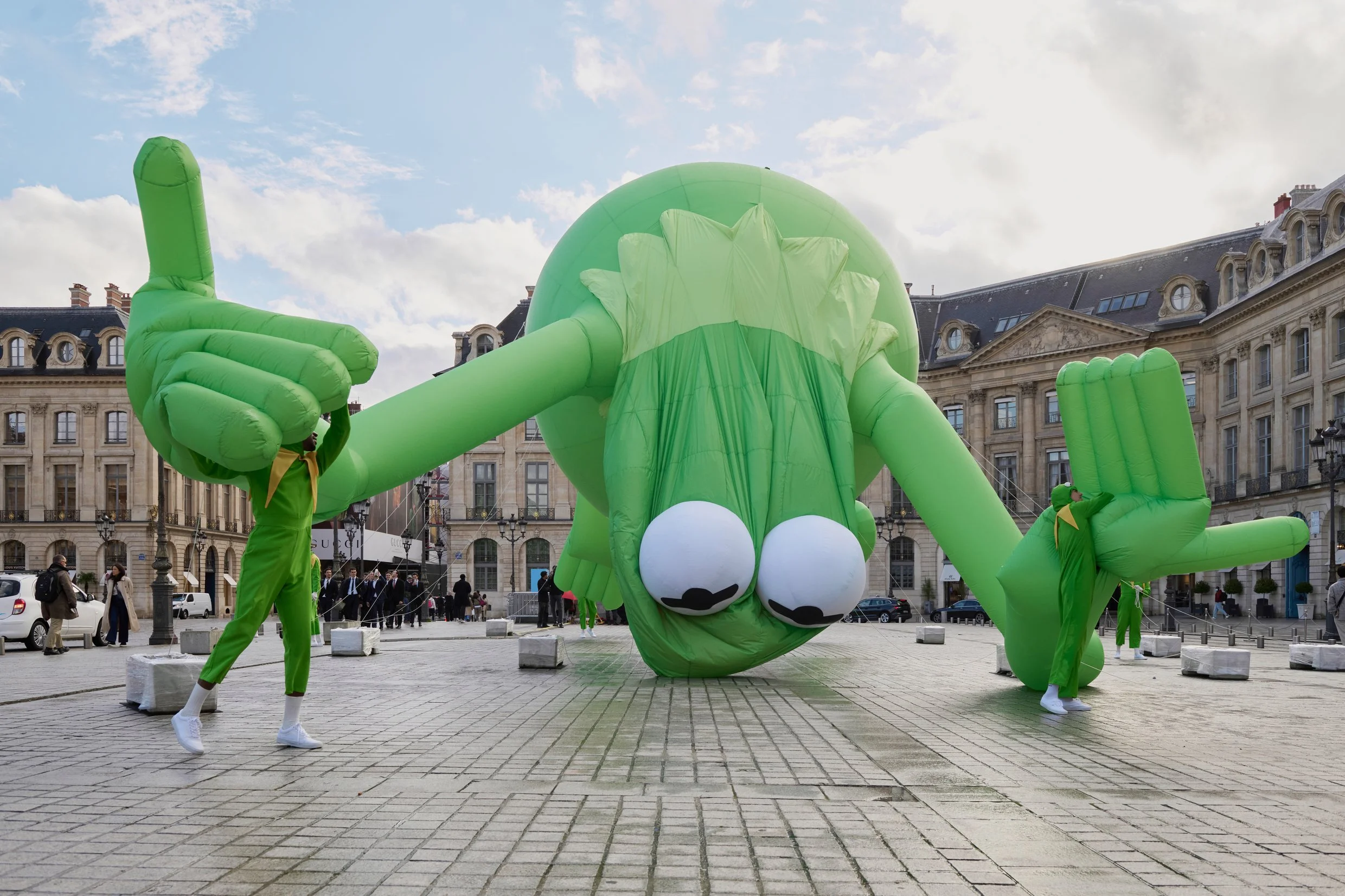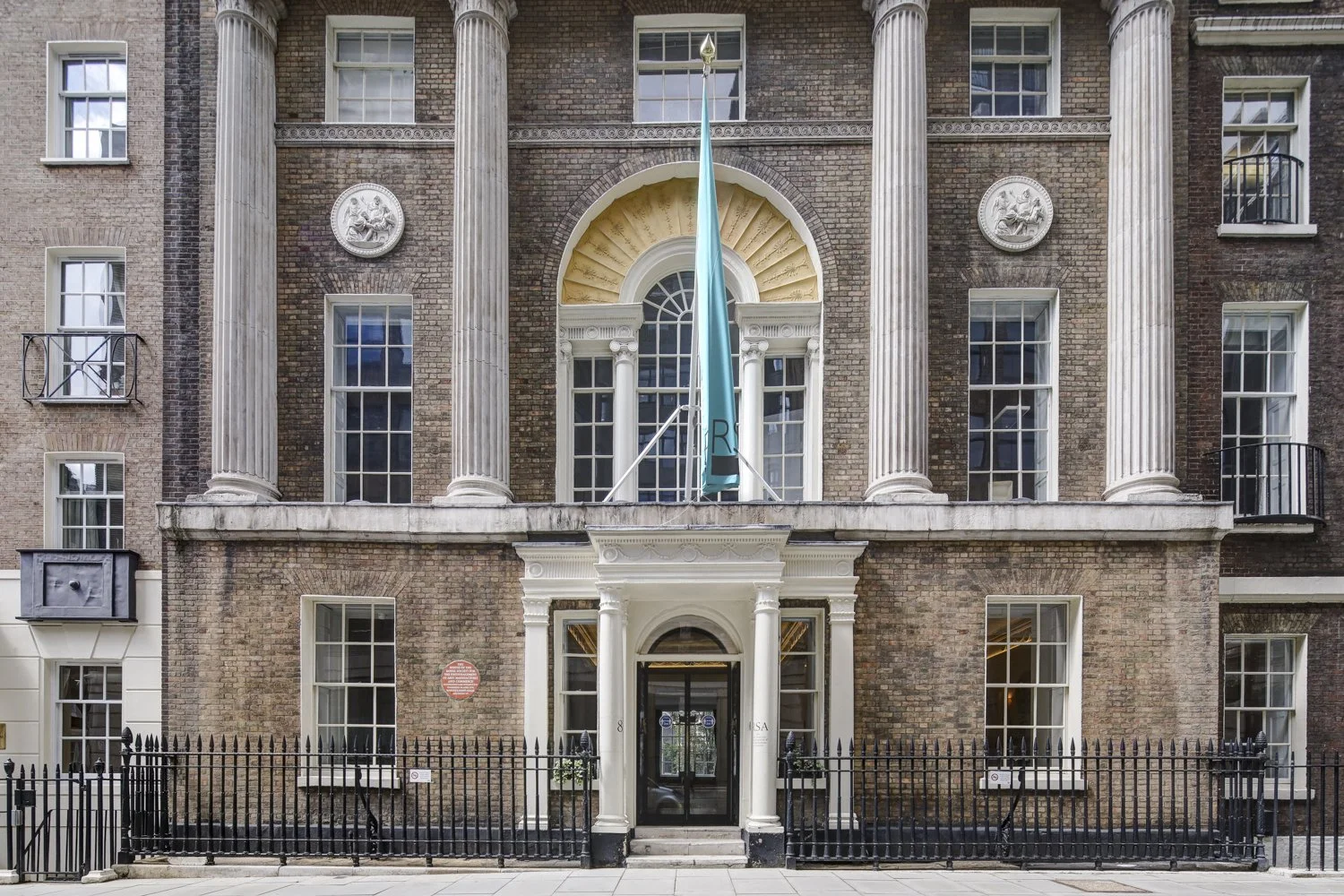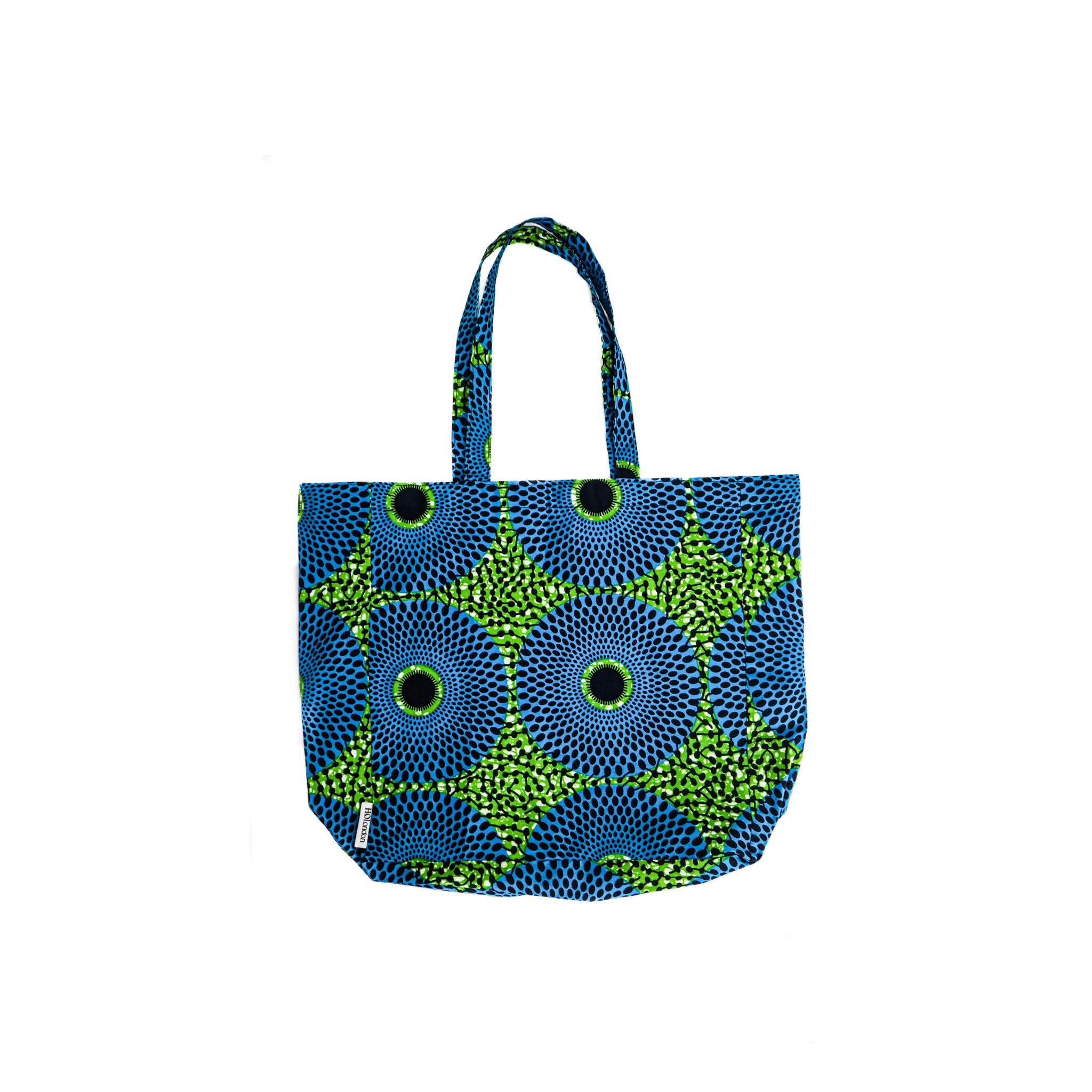8 must‑see pavilions at London Design Biennale 2025
The London Design Biennale 2025 has officially opened at Somerset House, running from 5–29 June, bringing together over 40 pavilions from around the world in a bold celebration of global creativity. Now in its fifth edition, this year’s Biennale is curated by Artistic Director Dr Samuel Ross MBE, an award-winning British designer known for founding the fashion label A-COLD-WALL* and the industrial design studio SR_A. With a background that spans streetwear, sculpture, architecture and material innovation, Ross brings a sharply attuned, socially grounded perspective to this year’s theme, Surface Reflections. The theme invites designers to explore how internal experiences and external environments shape both identity and the built world. Here are some standout pavilions you won’t want to miss:
Malta – URNA
© URNA, Malta, London Design Biennale 2025
#FLODown: The pavilion centres on a monumental limestone sphere crafted from reconstituted Maltese stone, accompanied by modular stone urns. This work reimagines public mourning rituals following Malta’s 2019 legalisation of cremation, reclaiming death as a shared cultural moment rather than a private ordeal. The spheres, designed to accumulate cremated remains, symbolise a communal connection across time. Built in a disused quarry and reconstructed at Somerset House, URNA bridges geology, ancestry and ritual. It has received the London Design Biennale Medal, the event’s top honour.
Curator: Andrew Borg Wirth; Designers: Thomas Mifsud, Anthony Bonnici, Tanil Raif.
Hong Kong – Human‑Centred Design: Visuospace
© Human‑Centred Design: Visuospace, Hong Kong, London Design Biennale 2025.
#FLODown: Blurring the lines between science and design, Visuospace transforms the Hong Kong pavilion into a living experiment in how architecture affects the mind. Using principles from neuroscience and environmental psychology, it examines how our emotions and cognition respond to the built world—especially in dense, fast-changing urban environments. Rather than asking how a space looks, Visuospace asks how it feels to live and work there, emphasising that it’s not just about building better—it’s about feeling better.
Curator: Hee Sun (Sunny) Choi; Designers: Hee Sun (Sunny) Choi, Ka Ho (Kyle) Yu.
Japan – Paper Clouds: Materiality in Empty Space
© Paper Clouds: Materiality in Empty Space, Japan, London Design Biennale 2025
#FLODown: Paper Clouds: Materiality in Empty Space, is a poetic installation that transforms Somerset House’s Nelson Stair into a meditative space shaped by light, texture, and movement. Created by SEKISUI HOUSE – KUMA LAB, it explores the strength and delicacy of Washi paper, inspired by the Japanese technique Suyari-Gasumi, where empty space is treated as substance. The pavilion features a recyclable paper dress, designed like traditional armour and worn by violinist Midori Komachi, whose composition blends the subtle sounds of paper with music. Combining architecture, fashion, and sound, the pavilion reflects on the delicate connections between body, material, and environment.
Curator: Clare Farrow; Designer: SEKISUI HOUSE – KUMA LAB (University of Tokyo).
Nigeria – Hopes and Impediments
© Hopes and Impediments, Nigeria, London Design Biennale 2025
#FLODown: Taking its cue from Chinua Achebe’s essays, this pavilion explores fluid identity, heritage, memory and modernity. Drawing on Lejja’s iron-smelting history and using material storytelling, it reflects on how ancient community practices can inform contemporary cultural resilience. A first official national pavilion backed by Nigeria’s creative and cultural ministries, it transforms heritage into design intelligence. Igwebuike describes it as “reclaiming indigenous technologies as legitimate epistemological tools,” situating Africa’s future in its past wisdom.
Curator & Designer: Myles Ikenna Igwebuike.
Oman – Memory Grid (شبكة الذاكرة)
© Memory Grid (شبكة الذاكرة), Oman, London Design Biennale 2025
#FLODown: A debut entry from Oman, Memory Grid (شبكة الذاكرة) offers a striking reflection on how societies preserve and share memory. The installation features transparent, machine-milled vessels that transform traditional pottery forms into futuristic “data containers,” arranged in a darkened gallery to create a compelling “fictionalised data centre.” The design examines the ways history is recorded, archived, and transmitted through both physical artefacts and digital media. The design has earned it both the Best Artwork Design and Best Design medals.
Curator: Zawraq Collective; Designer: Haitham Al Busafi.
Argentina – SUR ANDINA
© SUR ANDINA, Argentina, London Design Biennale 2025
#FLODown: SUR ANDINA is a sensory installation by Madre Tierra Designers, Cindy Lilen and Iliana Díaz López, connects ancestral craftsmanship, contemporary design, and natural materials to evoke the spirit of the Andes. The installation uses sound, light, and tactile textures to explore the deep relationship between nature, cultural memory, and identity. Featuring the Cosmovisional Sound Stories series, inspired by Andean mythology, the pavilion presents a soundscape that transcends language through music and sounds. Woven fibres and shifting light create a dynamic, textured environment that encourages engagement through sight, touch, and movement.
Designers: Madre Tierra Designers (Cindy Lilen, Iliana Díaz López).
Global South – Wura
© Wura, The Global South, London Design Biennale 2025.
#FLODown: Wura, the first-ever Global South sound pavilion, is a powerful act of reclamation and representation. Meaning “precious” in Yoruba, it honours the wealth, resilience, and cultural legacy of the Global South through a sculptural installation made of gold chain and cowrie shells—materials rich in symbolism and history. This multi-sensory space blends sound, oral histories, indigenous knowledge, and contemporary design to amplify voices often excluded from dominant narratives. As climate justice, decolonisation, and equitable development gain urgency, ‘Wura’ positions the Global South not as a peripheral voice but as a central force for global change, urging a redefinition of value, heritage, and collective future.
Curator: Soli Group (lead: Danielle Alakija).
Saudi Arabia – Good Water
© Good Water, Saudi Arabia, London Design Biennale 2025
#FLODown: This pavilion re-stages the traditional sabeel, a public fountain, as a systems-based investigation into water access, hospitality, and environmental cost. Commissioned by Saudi’s Architecture & Design Commission, it reframes the “free” water tradition to spark dialogue about who actually bears the cost and the labour behind public resources. By spotlighting ethical systems beneath everyday generosity, Good Water extends the Biennale’s theme. It questions conventional assumptions about equity and sustainability, marking it as one of the most conceptually provocative pavilions.
Designers: Alaa Tarabzouni, Aziz Jamal, Dur Kattan, Fahad bin Naif.
The 2025 London Design Biennale is open at Somerset House until 29 June 2025. Tickets start from £22. londondesignbiennale.com












